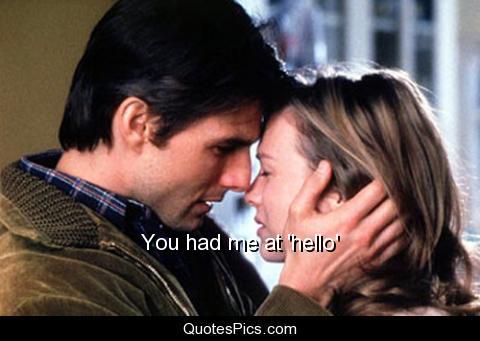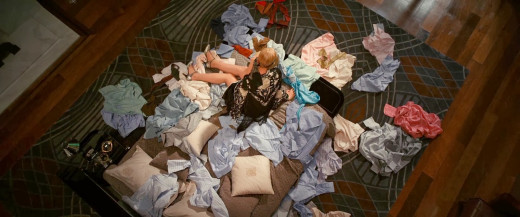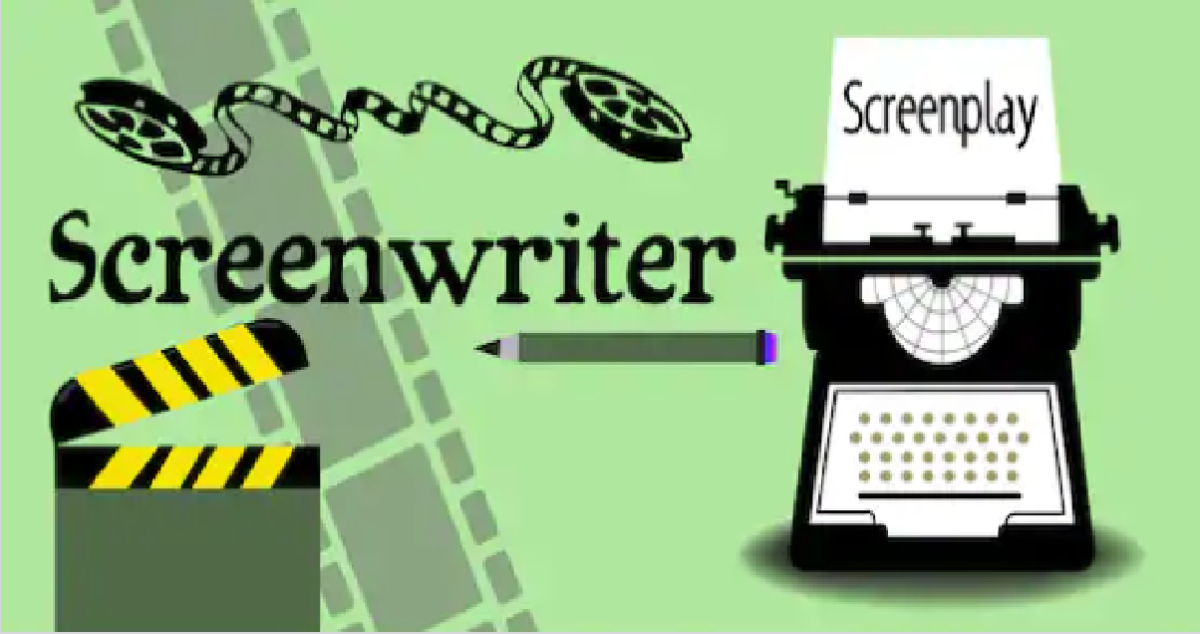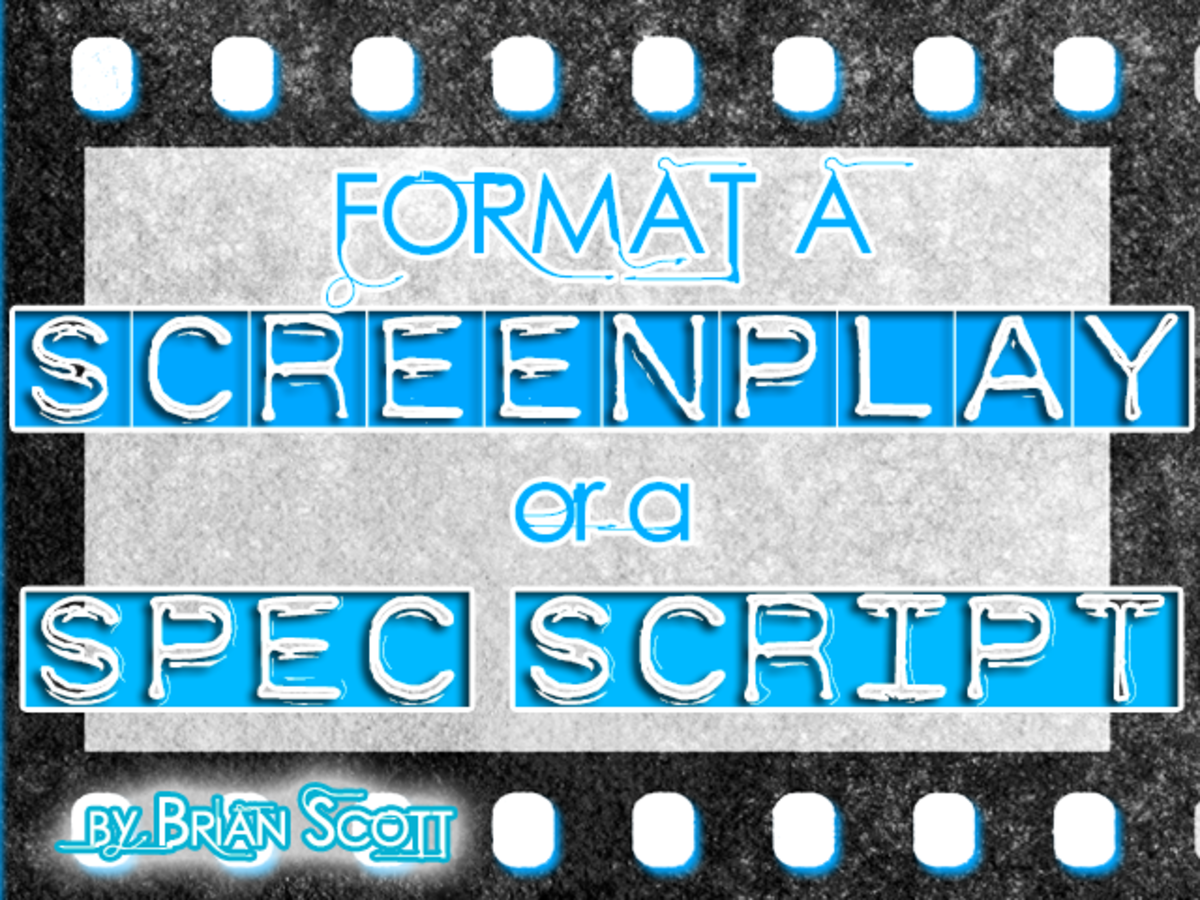Writing Subtext: Show, Don't Tell
What is Subtext?
- Subtext is the meaning beneath the dialogue; what the speaker really means, even though he’s not saying it directly.
- Subtext is the existence of some social, psychological, economic or other situational pressure that defines and influences the characters, such as social class, politics or career factors.

Writing Meaning Beneath the Surface
As a screenwriter it is important for you to adapt and master the technique of “show, don’t tell.” You have to think cinematically. Film is a visual medium. You should only write what your audience can see, and not write wordy description on what the character may or may not be thinking. You want to take your audience on a journey of their life. You want your audience to experience your story through action, feelings, senses and words but not too much clunky dialogue.
EXAMPLE of show, don’t tell:
- Instead of a character saying, “Would you marry me?” You can have the character at an intimate dinner at a restaurant or at a Christmas dinner with the family, stop eating and get up and on one knee in front of his partner with very small Jewelry box opened with a beautiful diamond engagement ring beaming.
Eliminate Too Much On-the-Nose (OTN)
Usually the show, don’t tell rule means that you should eliminate too much on-the- nose (OTN) dialogue that tells us what a character is feeling in a direct way. You want to show us through action. You know the saying, “Action speak louder than words.”
There are so many writers in the industry who I admire so much, but there is one who’s writing really impress me because he always put much beneath the surface meaning. This writer is Quentin Tarantino. Too much on-the-nose (OTN) dialogue in a screenplay usually creates one emotional reaction from an audience -- boredom. They came to the movie to go on an emotional roller--coaster, which means they want an internal experience of the character's journey. You go on a journey when you watch one of Quentin Tarantino’s films. When you put meaning beneath the surface you free up your dialogue to be creative.
Quentin Tarantino

You had me at 'hello'
Subtext is the meaning beneath the text. Your job is simply to put meaning beneath the surface and have the surface words and actions either point to that meaning or cover up that meaning.
EXAMPLE ONE: "You had me at Hello."
Everyone knows this line from the movie JERRY MAGUIRE. It was said in one of the last scenes where Jerry finally professed his love for his wife in front of the divorced women's group. It was very emotional and Jerry went through a lot, but until she said that line, he didn't know if she would take him back.
The Subtext Structure looks like this:
Surface line: "You had me at Hello."
Under surface: I love you. Yes, I'll take you back.
So the words "You had me at Hello" only have meaning in the context they are used. The meaning is beneath the surface. In JERRY MAGUIRE, the meaning was romantic and beautiful.
Jerry Maguire

Great Example of Show, Don't Tell
“They’re such beautiful shirts”
Subtext has the power to take an innocuous subject and open it up to profound meaning.
EXAMPLE TWO: “They’re such beautiful shirts”
Brandi Reissenweber gives us a great example Subtext.
In F. Scott Fitzgerald’s The Great Gatsby, Daisy, already married to Tom, visits the mansion of Gatsby, her long lost love, for the first time after he’s acquired the wealth that is so important to her. Gatsby shows Daisy his shirts:
“I’ve got a man in England who buys me clothes. He sends over a selection of things at the beginning of each season, spring and fall.”
He took out a pile of shirts and began throwing them one by one before us, shirts of sheer linen and thick silk and fine flannel which lost their folds as they fell and covered the table in many-colored disarray. While we admired he brought more and the soft, rich heap mounted higher—shirts with stripes and scrolls and plaids in coral and apple green and lavender and faint orange with monograms of Indian blue. Suddenly with a strained sound Daisy bent her head into the shirts and began to cry stormily. “They’re such beautiful shirts,” she sobbed, her voice muffled in the thick folds. “It makes me sad because I’ve never seen such—such beautiful shirts before.”
Daisy isn’t really talking about—or weeping over—the shirts from England. Her strong emotional reaction comes from the excitement of Gatsby having the proper wealth, and perhaps remorse over the complexity of the situation; he is finally a man she could marry, but she is already wed to Tom. This seemingly simple conversation about shirts contains a great deal of information and emotion.
The Great Gatsby

Second Great Example of Show, Don't Tell
Goal of a Screenwriter
It is your goal as a screenwriter to give your audience an exciting visual experience that is cinematic. You have to go in with the objective to tell a story that would be seen, not read, so please…don’t tell!
Until next time… WRITE
Cinematic Experience






